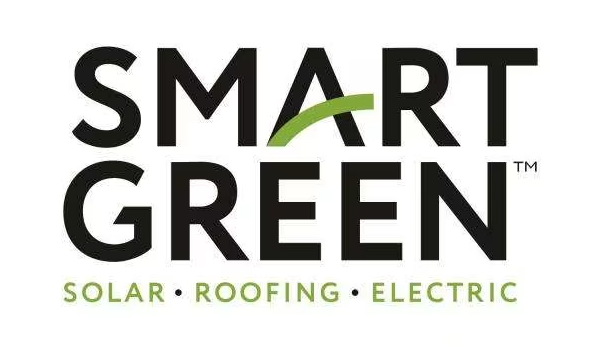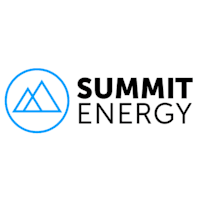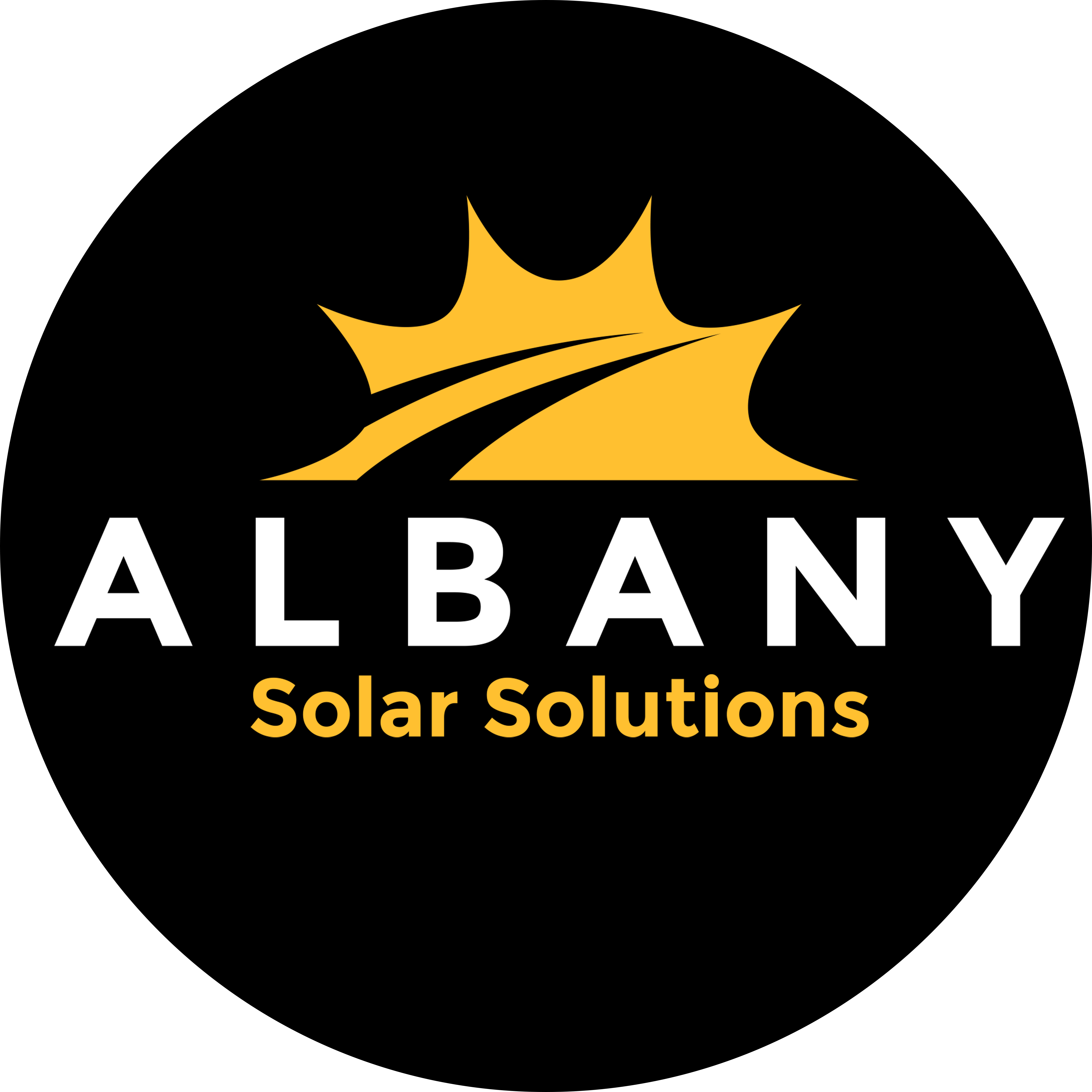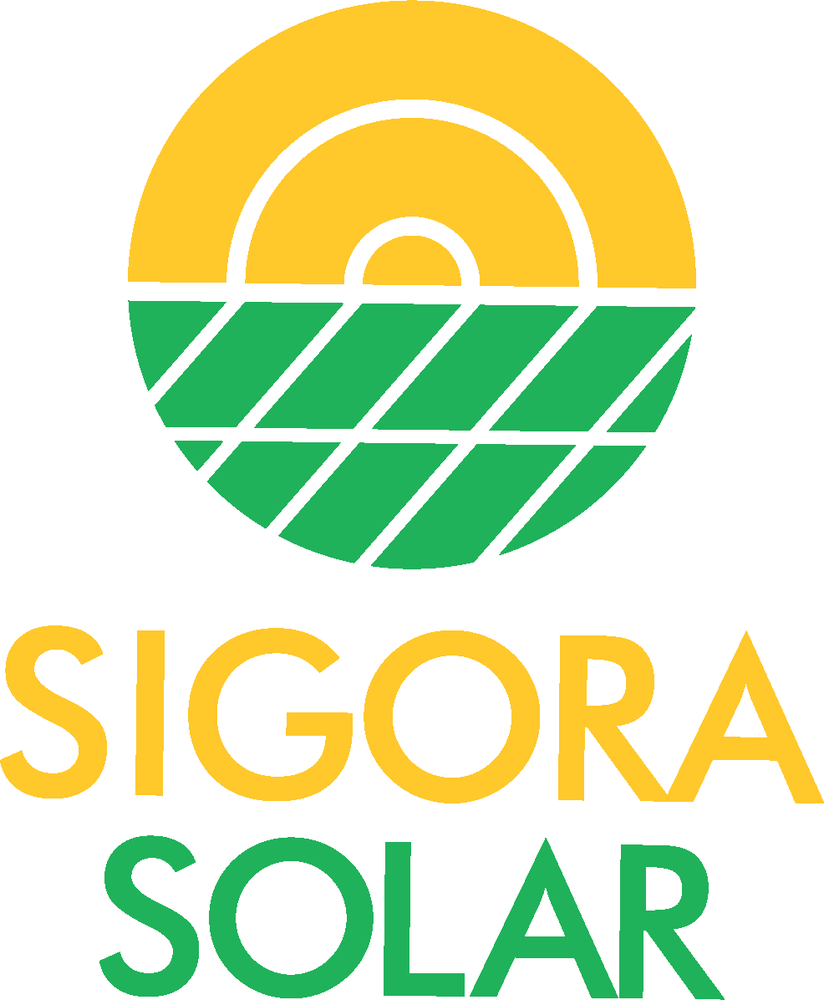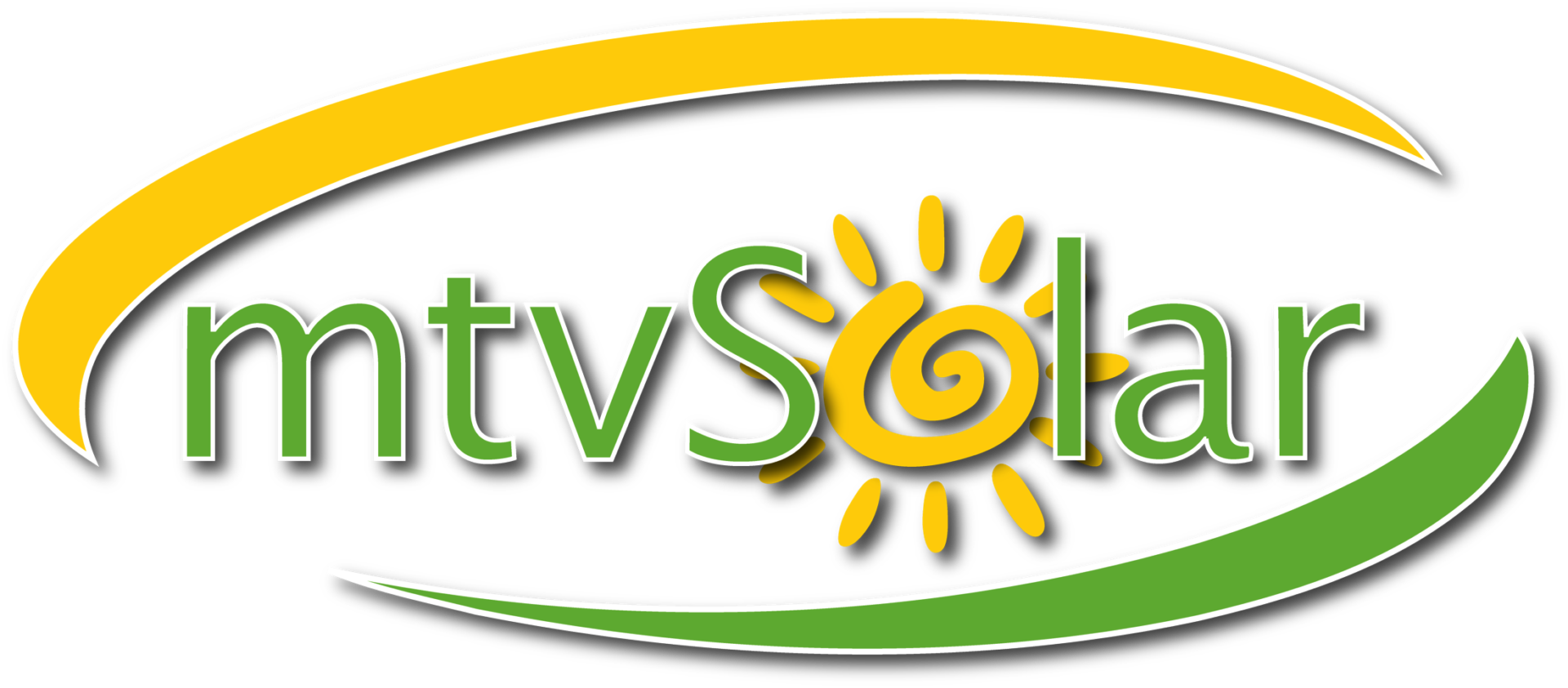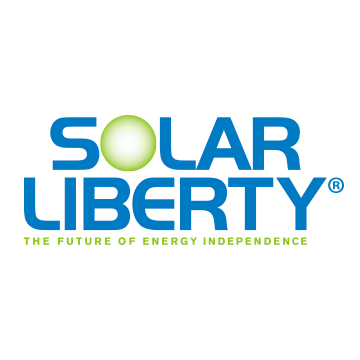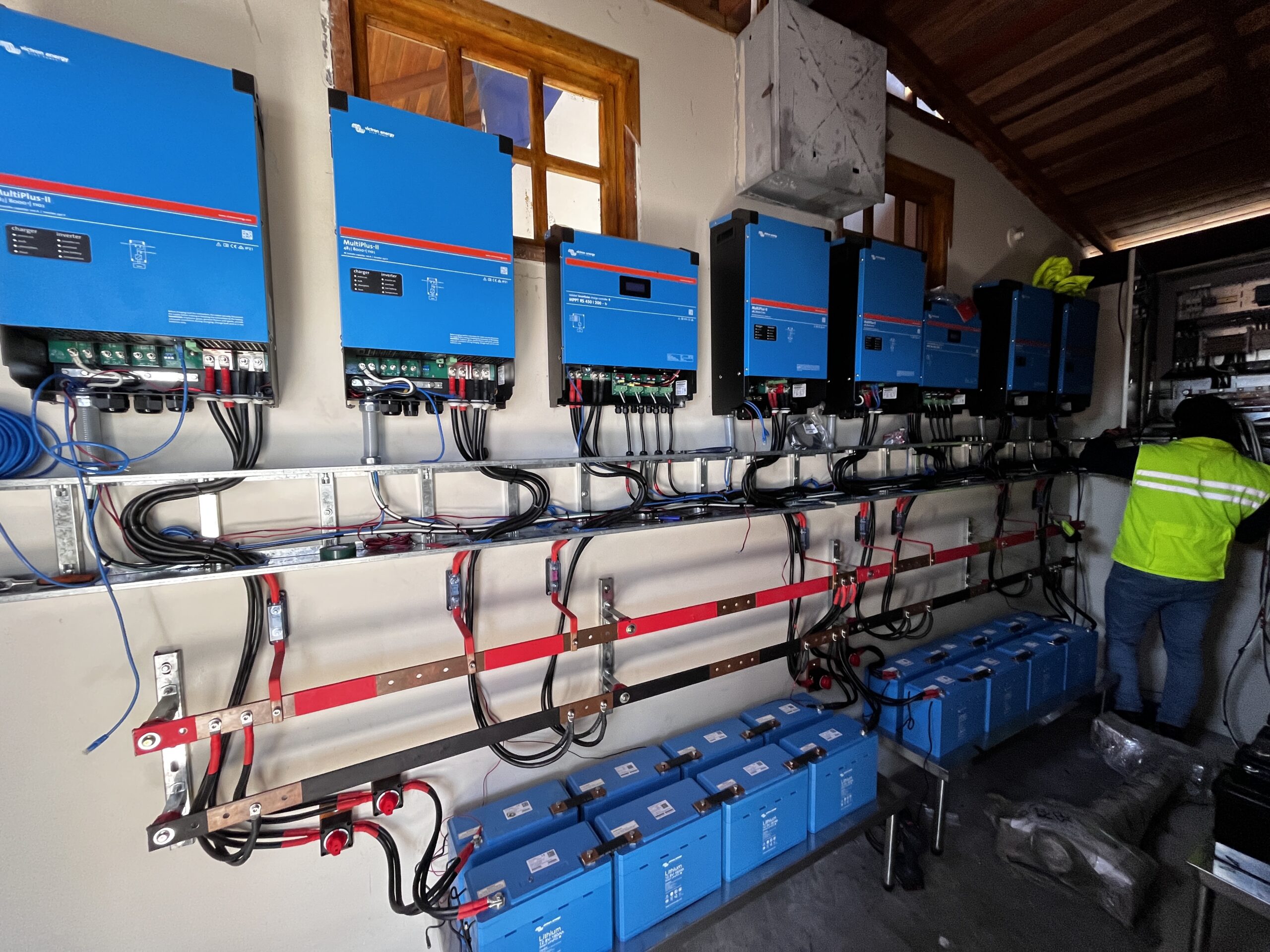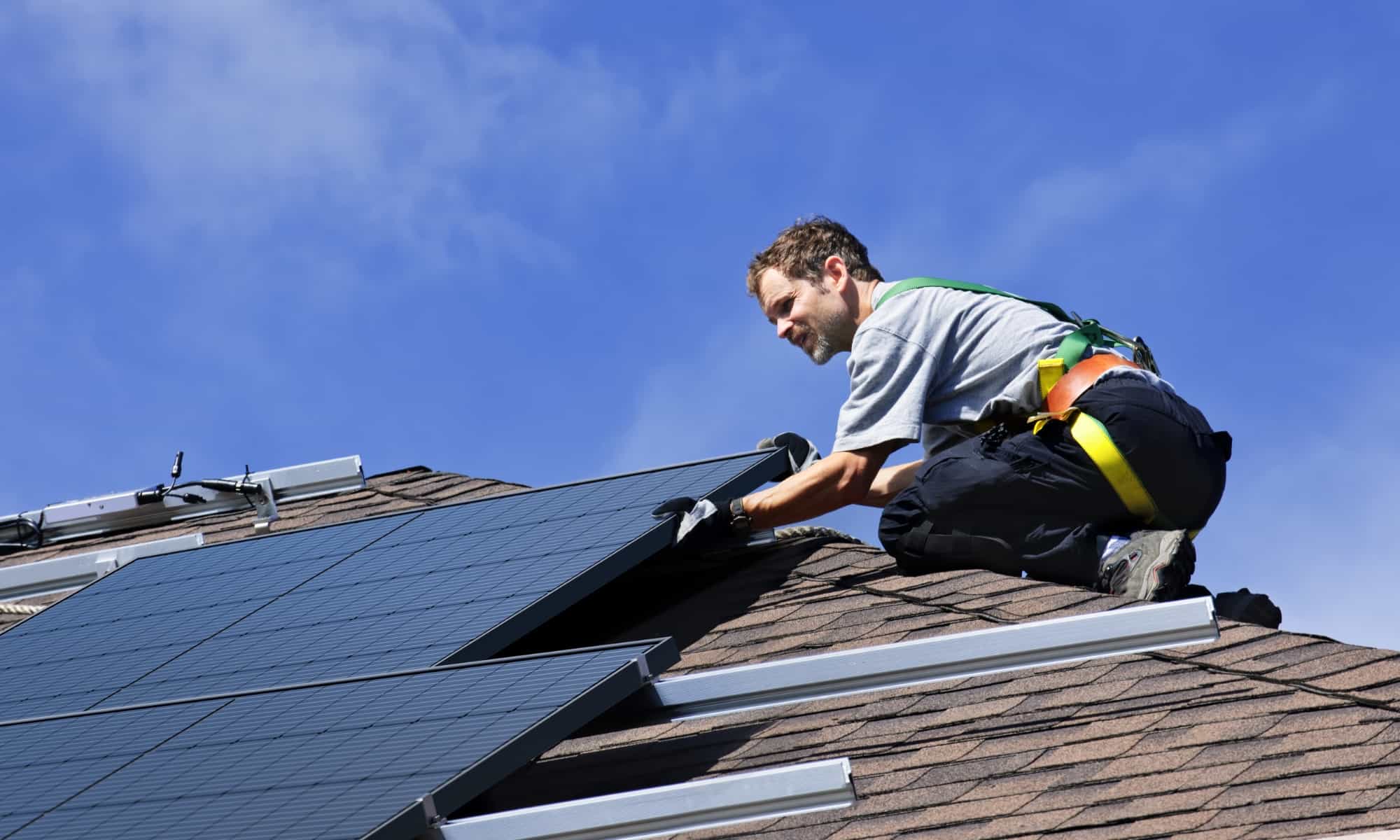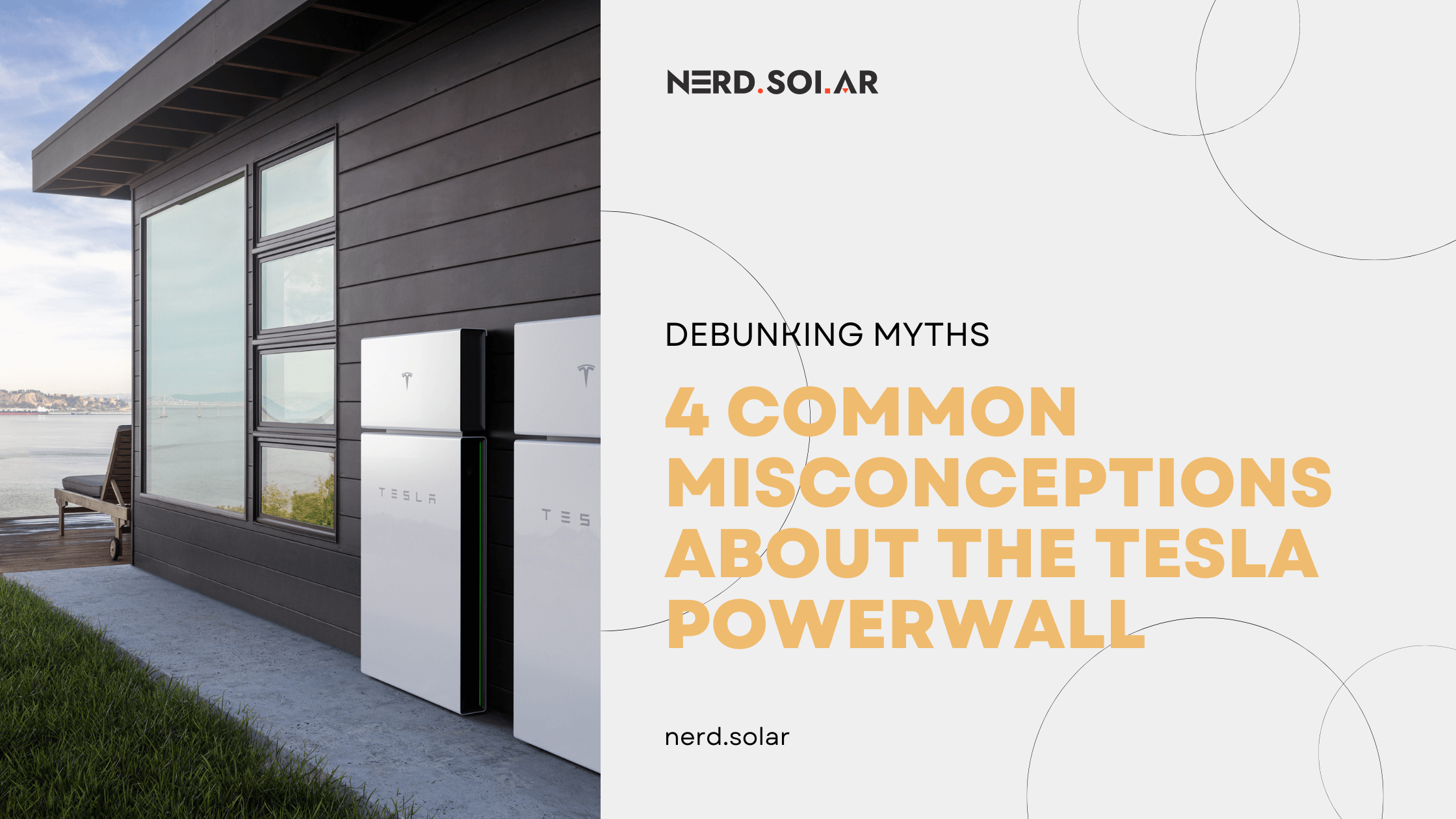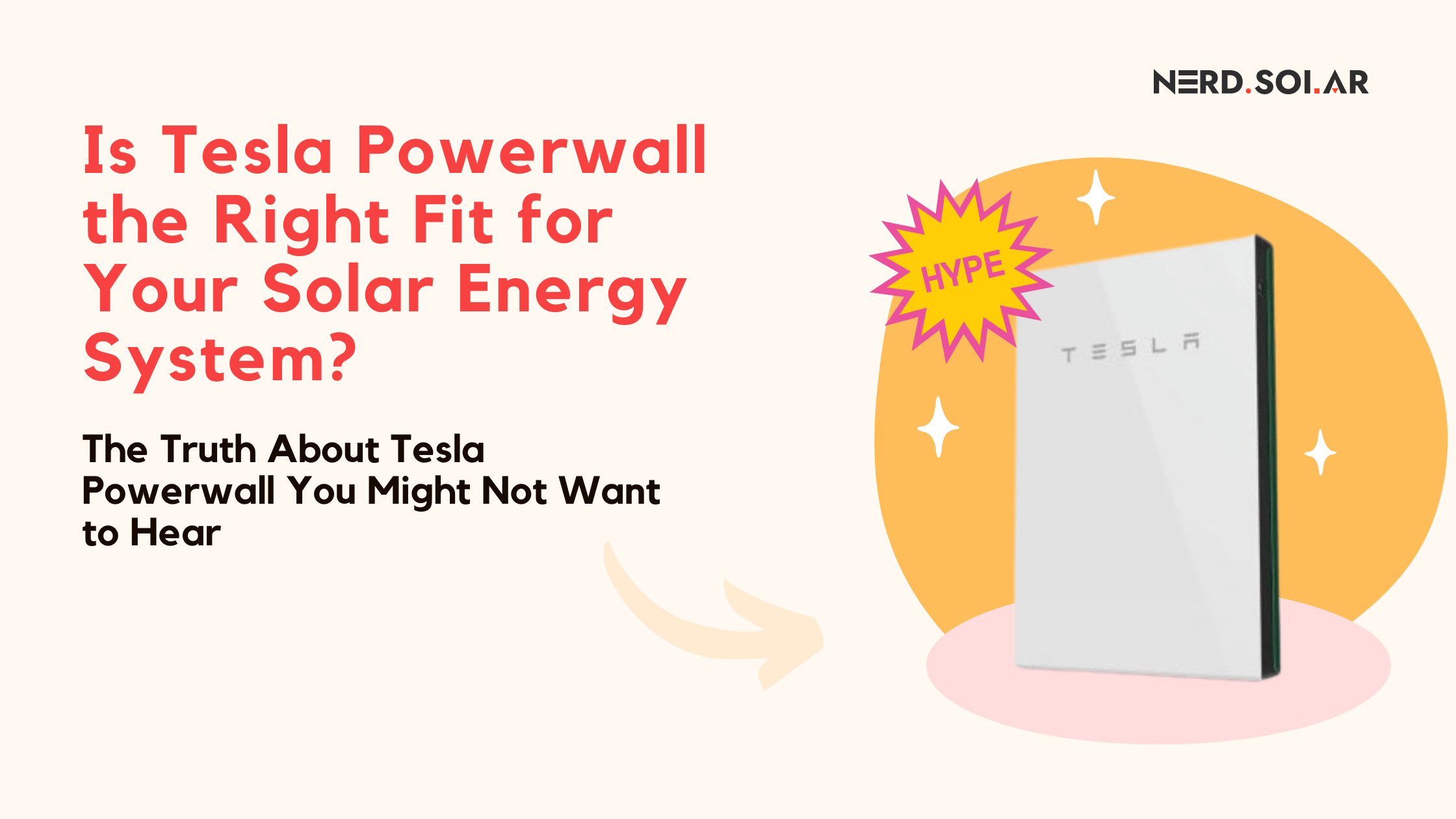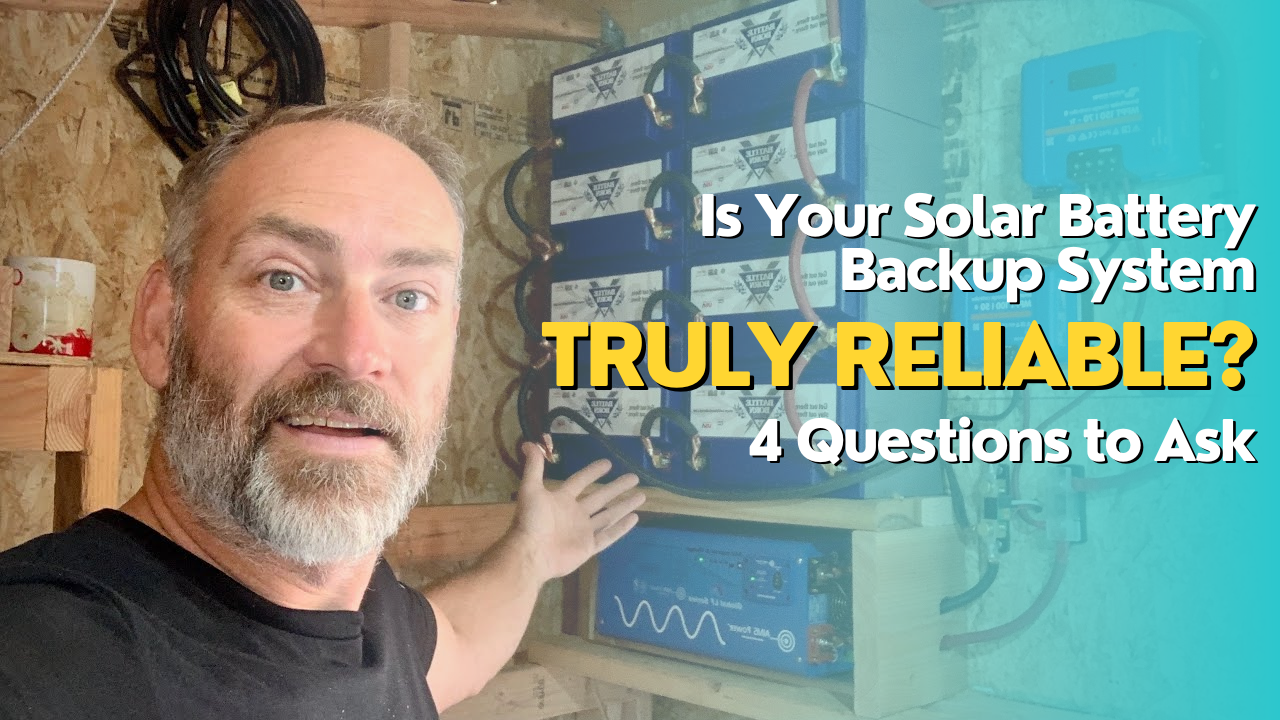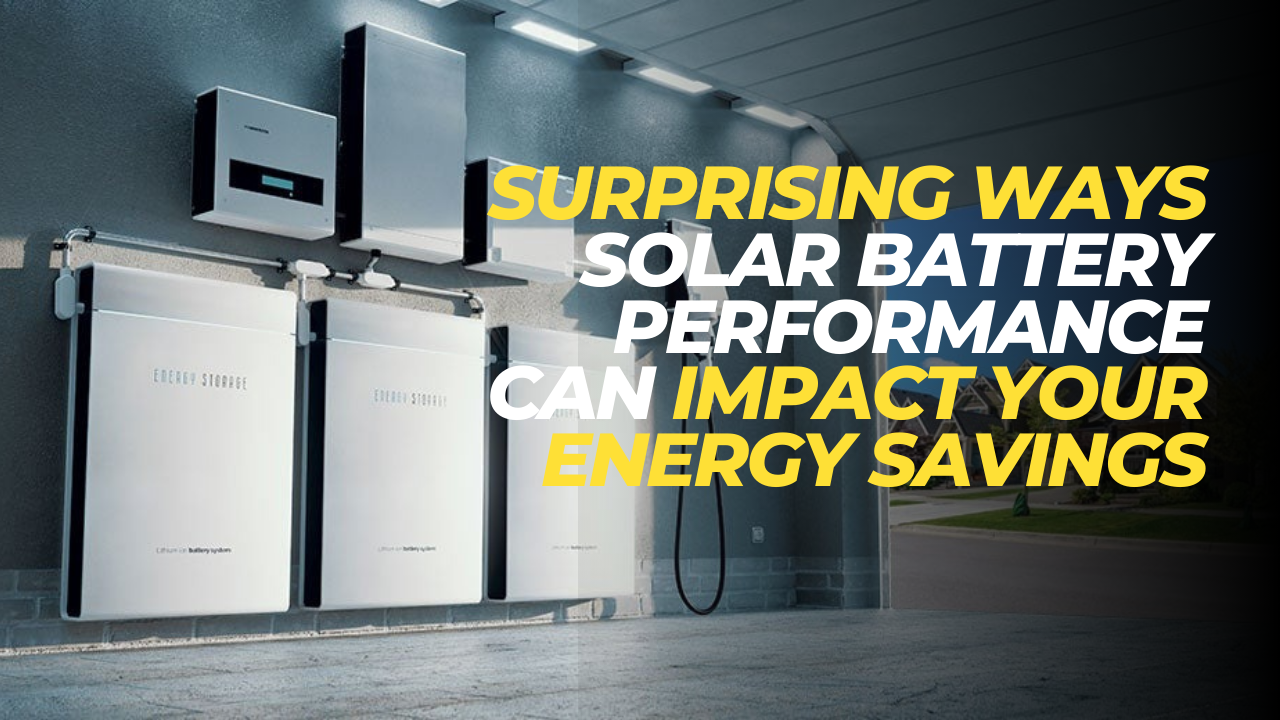How Do We Rate Solar Companies?
TL;DR: We rate solar installers from 1 to 5 stars to help you pick the best one. High stars mean they’re really good at what they do and treat their customers right. Low stars? Not so much. We give credit to companies that have been around for a while, know what they are doing, have a high standard of workmanship and equipment, don’t hire subcontractors to keep the bar of solar installation quality high and have good local reviews from real customers (yes, we check if the reviews are actually real or fake). Companies we choose as top-rated know and can help with federal and local solar incentives to help you save, have good financing plans, and guarantee their work. We’re here to point you to the solar companies that truly rock, making going solar easy and worthwhile for you.
Check our detailed review process here.
Is It Worth Going Solar in Vermont?
Solar power is definitely worth considering for Vermont homeowners looking to save money on electricity and reduce their environmental impact. Here are the key benefits of going solar in Vermont and why it makes financial sense:
Significant Electricity Cost Savings
Vermont has some of the highest electricity rates in the country, over 43% higher than the national average. By generating your own solar power, you can drastically reduce or even eliminate your electric bills. The average Vermont homeowner can save around $29,752 on energy costs over the 25+ year lifespan of their solar panels, after they pay for themselves.
Attractive Solar Incentives
Vermont offers excellent incentives that make going solar more affordable:
- The 30% federal tax credit allows you to deduct 30% of your solar installation costs from your federal taxes.
- Vermont’s statewide sales tax exemption saves you 6% upfront on your solar purchase.
- The property tax exemption ensures your property taxes won’t go up from the value solar adds to your home.
- Green Mountain Power customers can get up to $10,500 towards a solar battery through their Bring Your Own Device program.
Relatively Short Payback Period
Thanks to Vermont’s high electricity prices and solar-friendly policies, homeowners who go solar reach the “break-even point” in around 10 years on average. This is the point where your electricity savings have paid off the cost of the solar panels. After that, the savings are all profit. A 10 year payback period is shorter than in most states.
Net Metering
Vermont requires all utilities to offer net metering, which allows you to sell excess solar electricity back to the grid for credits on your bill. The credits are at a favorable rate, helping solar homeowners reduce their bills even further. You can even join a net metering “group” with other solar customers in your area to share the benefits.
Environmental Benefits
Of course, beyond the financial benefits, solar power helps reduce reliance on fossil fuels and combat climate change. Solar is a clean, renewable energy source that can help Vermont meet its goal of getting 90% of electricity from renewables by 2050. When you power your home with solar, you can feel good knowing you’re doing your part to protect the environment.
How much does solar save homeowners in Vermont?
High Electricity Costs in Vermont
Vermont has some of the highest electricity rates in the country, with residents paying an average of 21.85 cents per kilowatt-hour (kWh). This is over 43% higher than the national average. At these rates, the average Vermont household has a monthly electricity bill of $124.11.
Solar Savings After Installation
By generating their own solar power, Vermont homeowners can drastically reduce or even eliminate their electric bills. The average 6 kW solar panel system in Vermont costs around $15,078 after the federal tax credit.
However, over the 25+ year lifespan of the solar panels, the average Vermont homeowner can save approximately $29,752 on energy costs after the system pays for itself. The payback period, which is the time it takes for electricity savings to offset the installation cost, is around 10 years on average.
What is the average cost of going solar in Vermont?
Based on the solar cost data for Vermont, here is a table showing the average cost of going solar by system size in 2024:
| System Size (kW) | Avg Cost Per Watt | Avg System Cost (Before Tax Credit) | Avg System Cost (After 30% Tax Credit) |
| 4 kW | $2.98 | $11,920 | $8,344 |
| 5 kW | $2.85 | $14,250 | $9,975 |
| 6 kW | $2.85 | $17,100 | $11,970 |
| 7 kW | $2.82 | $19,740 | $13,818 |
| 8 kW | $2.88 | $23,040 | $16,128 |
| 9 kW | $2.76 | $24,840 | $17,388 |
| 10 kW | $2.73 | $27,300 | $19,110 |
The average cost per watt across all system sizes is $2.84. For a typical 6 kW system, the average cost in Vermont is $17,100 before the federal tax credit, or $11,970 after claiming the 30% tax credit.
So in summary, Vermont homeowners can expect to pay between $8,344 and $19,110 on average for a solar panel system after the federal tax credit, depending on the system size. The average 6 kW system will cost around $11,970 after the tax credit. Keep in mind that actual quotes will vary based on your specific home, energy needs, and the solar brands used.
Vermont Solar Incentives & Rebates
Residential Clean Energy Credit
Vermont residents can take advantage of the federal Residential Clean Energy Credit (formerly called the Investment Tax Credit or ITC). This allows you to deduct 30% of your solar installation costs from your federal taxes. In Vermont, residents enjoy an average savings of $4,633 from this credit.
Vermont State Solar Incentives
Renewable Energy Systems Sales Tax Exemption
This sales tax exemption provides residential and commercial purchasers of solar panels with a 6% state sales tax exemption. For the average 6 kW system costing $17,100, this saves around $1,026.
Vermont Solar Property Tax Exemption
In Vermont, residents and property owners will not have to pay additional property taxes for the added value to their homes created by installing solar energy systems.
This exemption can save the average homeowner thousands of dollars over the life of the system.
Net Metering
Net metering allows homeowners that create excess energy to use it as a credit on their next electric bill. All energy providers in Vermont are required to offer net metering to customers. Vermont values each energy credit at a statewide rate of $0.17 per kilowatt-hour. Customers can also form “groups” to share net metering outputs.
Utility and Local Incentives
Green Mountain Power’s Bring Your Own Device Program
Green Mountain Power customers can get up to $10,500 towards a solar battery through their Bring Your Own Device program. The incentive amount depends on the battery size and how much control the utility has over the battery.
Municipal Property Tax Exemptions
While the state offers a blanket property tax exemption, some municipalities may offer additional exemptions on the local level. Check with your city or county to see if further exemptions are available.
Between the 30% federal tax credit, the state’s sales and property tax exemptions, utility incentives for batteries, and one of the nation’s best net metering programs, Vermont offers very attractive incentives for homeowners to go solar. These programs can drastically reduce the upfront cost of solar and provide substantial savings over the 25+ year lifespan of the system.
Net metering policies in Vermont
Net metering is a program in Vermont that allows homeowners and businesses with solar panels to receive credits on their utility bills for the excess electricity their system generates. Here’s how you can benefit from Vermont’s net metering program:
Reduced Electricity Bills
When your solar panels produce more electricity than you use, the excess is sent back to the grid. Under net metering, you receive credits for this excess generation, which are applied to your future electric bills. This can significantly reduce or even eliminate your electricity costs.
Favorable Credit Rates
Vermont requires all utilities to offer net metering and credits excess generation at a statewide rate of approximately $0.17 per kilowatt-hour (kWh) as of 2024. While this rate was recently slightly reduced for new systems starting August 2024, it still provides substantial savings compared to purchasing electricity from the grid.
Group Net Metering
Vermont allows customers in the same utility service territory to join “groups” to share the output of a single net-metering system. This enables renters, condo owners, or those without suitable roofs to still benefit from net metering.
Long-Term Savings
Net metering credits can offset your electricity costs for the 25+ year lifespan of your solar panels, providing long-term savings on your bills. Many systems pay for themselves in under 12 years through net metering and other incentives.
To take advantage of net metering, you’ll need to install solar panels and apply for a net metering permit with your utility. Your solar installer can help guide you through this process. With Vermont’s favorable net metering policies, going solar can provide substantial long-term savings while supporting clean energy in the state.
Are There Any Community Solar Programs in Vermont?
Yes, there are several community solar programs available in Vermont that allow residents to benefit from solar energy even if they can’t install panels on their own property. Here’s an overview of how you can take advantage of community solar in Vermont:
Utility and Co-op Community Solar Programs
Some Vermont utilities and electric co-ops offer their own community solar programs:
- Vermont Electric Cooperative (VEC) has community solar arrays in Alburgh, Grand Isle, and Hinesburg. VEC members can sponsor panels for 10 or 20 years and receive a fixed monthly credit on their electric bill.
- Green Mountain Power (GMP) customers can enroll in the Bring Your Own Device program to get incentives for installing solar batteries that are shared with the grid.
Third-Party Community Solar Providers
There are also private community solar providers in Vermont, such as:
- AllEarth Renewables connects customers with local solar farm owners who have excess energy to sell. Participants can purchase the solar credits at a discount compared to regular electricity rates.
- Green Mountain Community Solar develops and operates arrays in Londonderry, Chester, Groton and Waterford. Vermont residents can become members to access the solar power.
- SunCommon builds pollinator-friendly Community Solar Arrays across Vermont and New York that local homeowners can join to support clean energy, even without a suitable roof for solar.
Affordable Housing and Low-Income Programs
Some community solar programs are designed specifically for low-income Vermonters:
- Southeastern Vermont Community Action (SEVCA) has a 110 kW community solar array that provides free energy credits to offset electricity costs for 50 low-income households.
- The state’s Solar For All Program, funded by the EPA, is launching in 2025 to provide solar access and savings to income-qualified households through residential installations, community solar memberships, and benefits for affordable housing residents.
To enroll in a community solar program, you typically need to contact the utility or solar provider, fill out an application, and sign a contract to become a member or sponsor of the project.
Then you will receive credits on your electricity bill for your share of the solar generation.
With Vermont’s strong net metering policies that allow community solar members in the same utility area to share output, these programs make it easy for Vermonters to go solar together and save on energy costs, even without their own solar panels.
